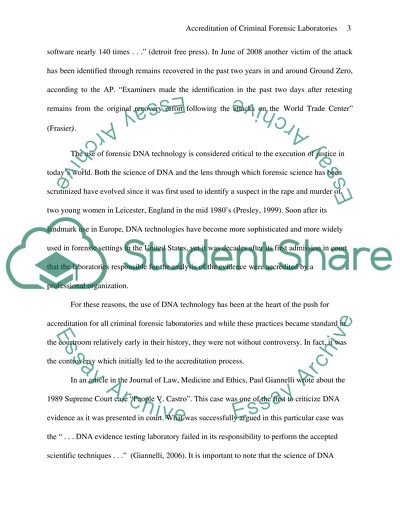Cite this document
(The Accreditation Process for Criminal Forensic Laboratories Research Paper, n.d.)
The Accreditation Process for Criminal Forensic Laboratories Research Paper. Retrieved from https://studentshare.org/law/1513411-the-accreditation-process-for-criminal-forensic-laboratories
The Accreditation Process for Criminal Forensic Laboratories Research Paper. Retrieved from https://studentshare.org/law/1513411-the-accreditation-process-for-criminal-forensic-laboratories
(The Accreditation Process for Criminal Forensic Laboratories Research Paper)
The Accreditation Process for Criminal Forensic Laboratories Research Paper. https://studentshare.org/law/1513411-the-accreditation-process-for-criminal-forensic-laboratories.
The Accreditation Process for Criminal Forensic Laboratories Research Paper. https://studentshare.org/law/1513411-the-accreditation-process-for-criminal-forensic-laboratories.
“The Accreditation Process for Criminal Forensic Laboratories Research Paper”, n.d. https://studentshare.org/law/1513411-the-accreditation-process-for-criminal-forensic-laboratories.


